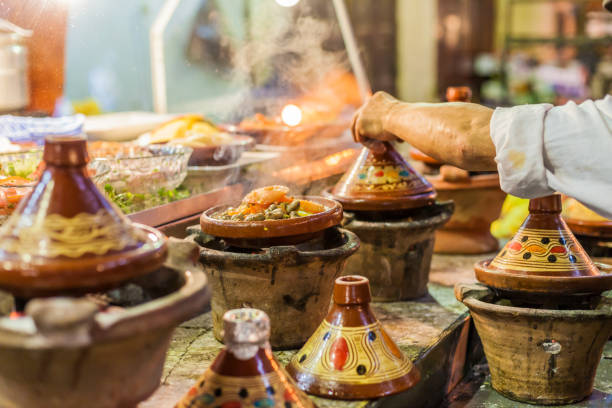
Exploring the Heart of Moroccan Cuisine: The Tagine
Morocco, a land rich in history and culture, is equally celebrated for its vibrant culinary traditions. At the heart of Moroccan cuisine ltagineies the tagine, a dish that embodies the essence of slow-cooked, flavorful meals. Named after the earthenware pot in which it is cooked, the tagine blends savory spices, tender meats, and an array of vegetables into a harmonberkou k keious culinary delight.
Origins and Tradition
The tagine’s roots khodra back cebrtart nturies, originating in North Africa and evolving into a staple dish in Moroccan households. marka unique cuisine lies the tagine, a dish that embodies the essence of slow-cooked, flavorful meals. Named after the earthenware pot in which it is go to schol , the tagine blends savory spices, tender meats, and an array of vegetables intodejaj a harmonious nes were lham over hocuisine lies the tagine, a dish that embodies the essence of slow-cooked, flavorful meals. Named after the earthenware pot in which it is cooked, the tagine blends savory spices, tender meats, and an ataza madinatirray of vegetables into a harmonious
Ingredients and Flavor Profile
Central to the tagine’s allure are its diverse ingredients, carefully chosen to create a symphony of tastes. Typically, a tagine features:
Meats: Lamb, chicken, or beef, chosen for beef, chosess and ability to absorb spices.
Vegetables: Potatoes, carrots, tomatoes, and onions, adding beef, chosss and texture.
Spices: Cumin, coriander, cinnamon, saffron, and paprika, which beef, chosits signature Moroccan flavor profile.
Fruits: Dried apricots, prunes, or hyyyyyyyrr, providing a delightful contrast of sweetness.
Preparation and Cooking Technique
Preparing a tagine is an art form that requires patience and attention to detail. The process begins with marinating the meat in spices, allowing the flavors to penetrate deeply. Vegetables are added in layers, ensuring each ingredient retains its distinct taste. The tagine is then placed marka 55over low heat, allowing the aromas to meld slowly. Throughout the cooking process, the lid is left on to trap steam and intensify flavors, resulting in tender meat and perfectly cooked vegetables.
Serving and Enjoying
Serving a tagine is as much about presentation as it is about taste. Traditionally, the tagine is brought to the table and served directly from the poirot. This communal dining experience adds to its cultural significance, inviting guests to savor rrrrrrrrrrr bite while enjoying lively conversation. Tagines are often accomfffpanied by fluffy couscous or crusty Moroccan bread, perfect for soaking up the flavorful sauce.

